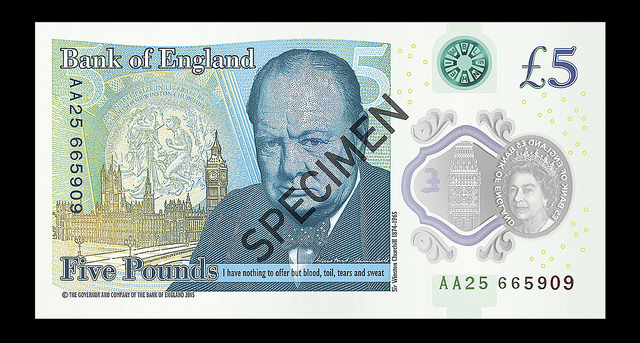News
New £5 notes containing animal fat to stay in circulation

The new £5 polymer notes will remain in circulation despite concerns they contain traces of animal fat.
The £10 polymer note, set to launch in September, will also be made of the same material, the Bank of England has announced.
While the central bank said it “recognises the concerns” raised about the discovery of traces of tallow – a substance made from animal fat – used in the production of the new £5 note, it said reprinting would cost £46m as well as a further £50,000 to securely destroy existing notes.
The Bank has already printed 275 million £10 polymer notes, at a cost of £24m.
It has, however, delayed signing relevant contracts for the supply of materials for the £20 polymer, which is due to be issued by 2020.
It is launching a consultation at the end of March about the content of polymer substrate to be used in future bank notes.
In a statement, the Bank said: “As stated on 30 November 2016, the Bank was not aware of the presence of animal-derived products when it signed the contract with its supplier for the £5 and £10 banknote polymer. When the Bank discovered the presence of these products, its first step was to alert the public and subsequently has been treating the concerns raised by members of the public with the utmost seriousness.”
The new plastic £5 note entered circulation in September.
A petition launched to remove tallow from the notes has been signed by more than 134,500 people.
It says: “The new £5 notes contain animal fat in the form of tallow. This is unacceptable to millions of vegans, vegetarians, Hindus, Sikhs, Jains and others in the U.K.
“We demand that you cease to use animal products in the production of currency that we have to use.”